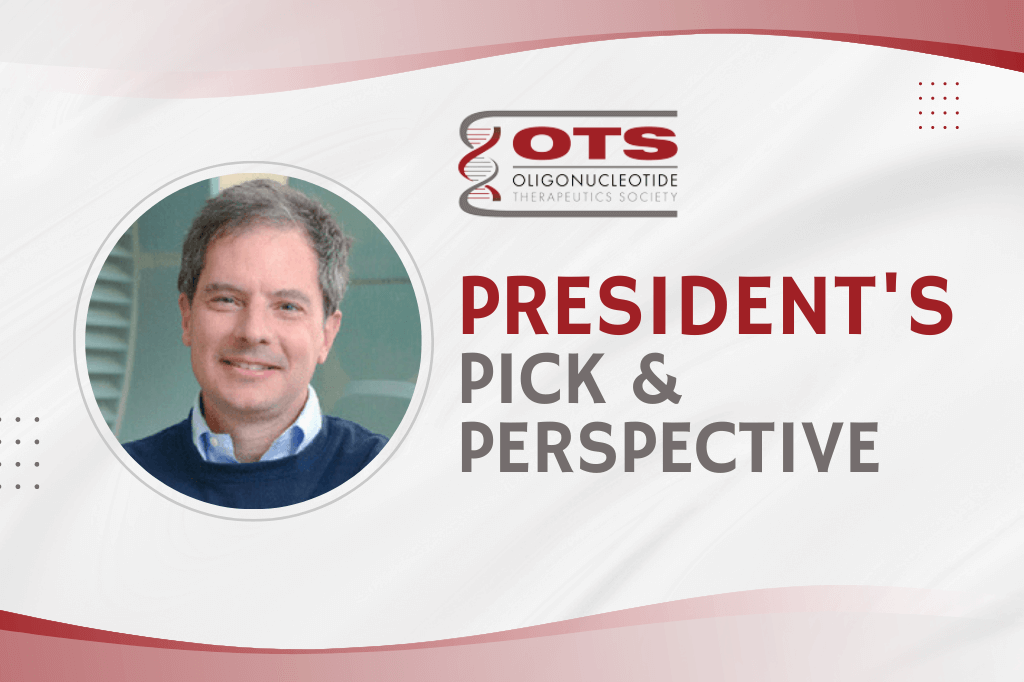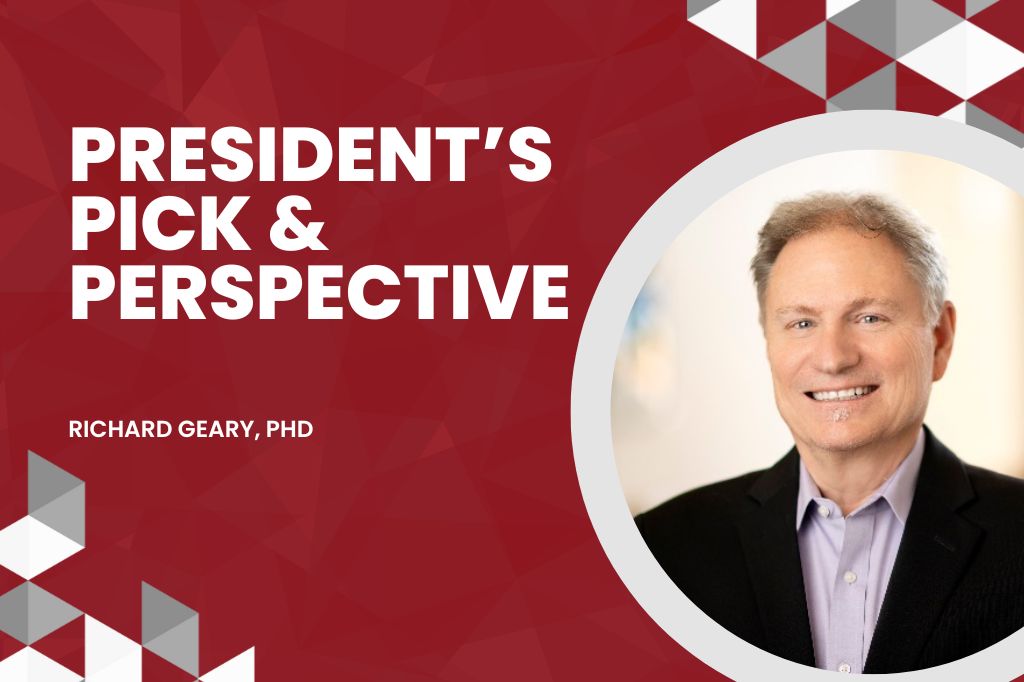
Looking for something?

I would like to thank everyone who attended OTS 2022, whether in person or virtual. Special thanks to Keith Gagnon and Annemieke Aartsma-Rus and the entire organizing group for putting together such a great schedule of talks. Masad Damha coordinated the intricate network of award presentations. Our sponsors and exhibitors were, as always, magnificent. Of course, OTS 2022 would not have been possible without the tireless, year-around efforts of Geri Beaty, Alexis Secka, and Cindy Komlenic of the Event Innovations team. The meeting in Phoenix crystallized only over the past few months and its success is a tribute to all involved – staff, organizers, speakers, and attendees.
No matter how enjoyable, no meeting is perfect. We have collected your comments (Thank you!) and next year’s organizers, Alex Garanto and Punit Seth will analyze how we might do better to make OTS 2023 in Barcelona the best OTS meeting ever.
With that goal in mind, there is an important question to consider – what is an “OTS” presentation?
As the meeting has grown, successive OTS Boards have made the decision not to split the meeting into concurrent tracks. The reasoning is that we are a community. Whether chemist, biologist, pharmacologist, clinical trial designer, academician, student, venture capitalist, or industry professional (etc.), we should all share our passions and learn to appreciate different perspectives on science.
The practical consequence is that OTS has a single session with an audience of 600-700 attendees. I am not aware of many other meetings that have one very big series of plenary lectures. Nor am I aware of a meeting that manages the exceptions of academia and industry as evenly as we must. We also have an added challenge – our research, whether basic or industrial, has an impact on the lives and hopes of patients.
There is, therefore, a special burden on plenary presentations at OTS.
For OTS 2022, we sent speakers written notice a week prior to their talks describing our expectations. We will certainly do that in 2023 but, in the spirit of making an excellent meeting even better, we always look for ways to improve. With the expectation that we will have another room full of attendees who have traveled long distances expecting a strong program, let’s start the conversation now.
So, what makes a good OTS talk? First, presenters need to recognize that our primary goals are to advance patient care and the dissemination of knowledge. Presentations might range from basic science that teaches us a bit more about fundamental chemical or biological principles at one end of the spectrum to descriptions of the latest clinical trials and everything in between. Talks should:
- Be on time.
- Be merciful to your audience, speak at a measured pace and have well designed slides that include your main talking points.
- Most of your audience will have a different speciality. Take the time to define the problem you are addressing and its broad importance before you jump into specifics.
- Do not cover more than one or two important topics (in 15-20 minutes, there is no time for more)
- Explain your premise. Be transparent with regards to the quality of the data.
- Acknowledge weakness and areas for improvement. Having the confidence to provide a balanced presentation will be seen as strength.
- Show key controls, take the time to build a case for why your data can be trusted.
- Explain mechanism.
- OTS has a long history of scientific skepticism and occasionally combative questions. Presentations should have a healthy regard for convincing skeptics that they offer something special.
- Teach the students in the audience at least one thing they will remember after the meeting.
- Finally, successful clinical trials are starting to become routine (That is a good thing!). To keep things fresh, describe interesting lessons that have been learned from the trials that might help others. Mention findings that might put the drug into perspective relative to competing treatments.
Why is all that important?
- Whether in the lab or at the lectern, OTS members should always be striving for excellence.
- A good talk should reach everyone in our diverse 600-700 person audience. Listening to every talk should be time well spent
- Patients depend on our research. We owe it to them to be critical (in a nice way), have high standards, and offer helpful feedback. It is almost impossible to offer helpful feedback on work that is not presented in a transparent fashion.
We will always take chances on our programming and speakers. Therefore, we will likely never have a 100% hit rate for great talks. What we can do is analyze our mistakes, appreciate our successes, and work to support our annual scientific festival.
I look forward to seeing you in Barcelona.



